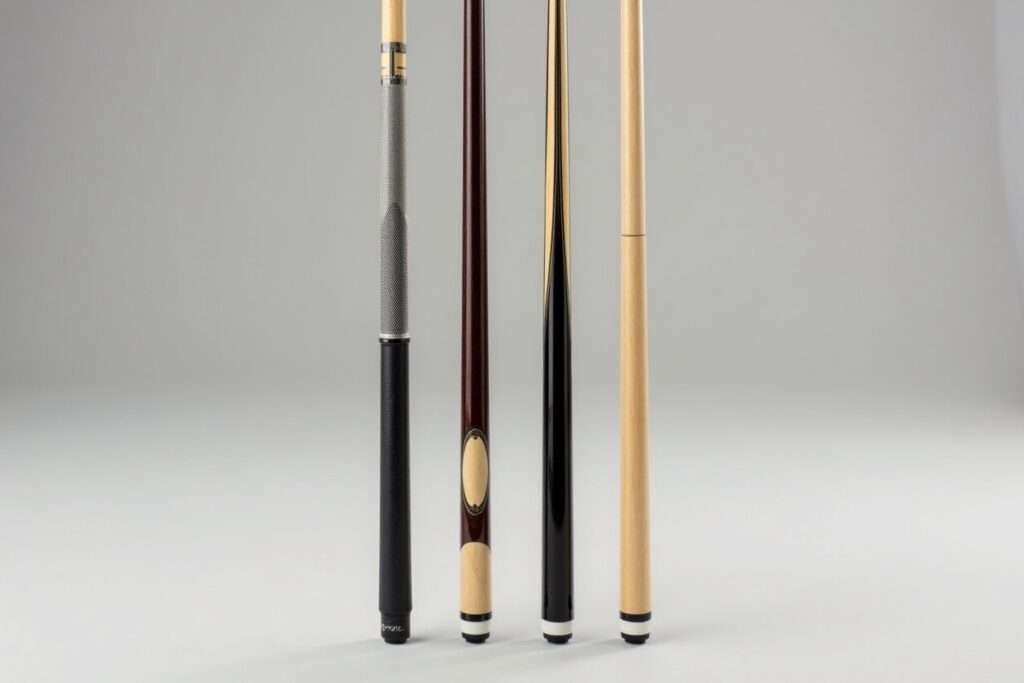This post contains affiliate links. We may earn a commission if you purchase through our links, at no extra cost to you.
I broke my first “beginner” cue in week two.
Not during some dramatic match. Just unscrewing it after Tuesday league. The joint cracked clean through. $45 down the drain.
That was three years ago. Since then, I’ve tested 12 different starter cues—some survived, most didn’t. Here’s what actually works when you’re just learning the game.
What I Learned Spending $800 on Beginner Cues
The problem with most beginner guides? They recommend cues the writer never actually played with.
I did this differently. Bought every cue under $150 that people recommended online. Played with each for at least a month. Took them to league nights. Let other players try them. Watched which ones lasted and which ones quit.
Three cues survived. The rest? Problems.
The Real Cost of Cheap Cues
Here’s what nobody tells you about $30 house cue upgrades:
They don’t save you money.
My buddy Mike bought four cues in his first year. Each one “seemed fine” until it warped, cracked, or lost its tip. He spent $160 total on junk.
Compare that to buying one decent cue upfront for $89. Still using it two years later.
What Actually Matters in a Beginner Cue
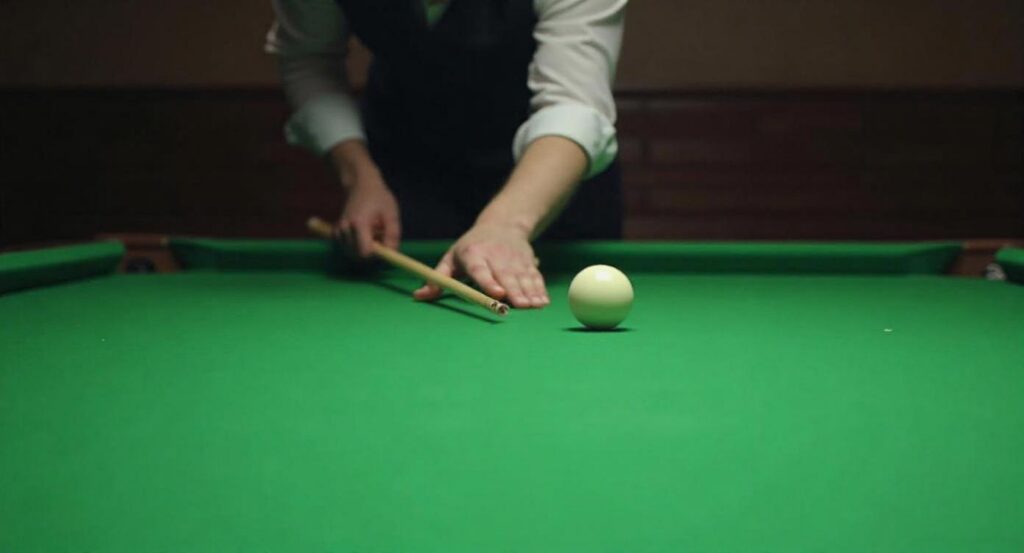
Forget the marketing hype about “professional weight distribution” and “advanced deflection technology.” You’re learning to hit straight.
What You Need:
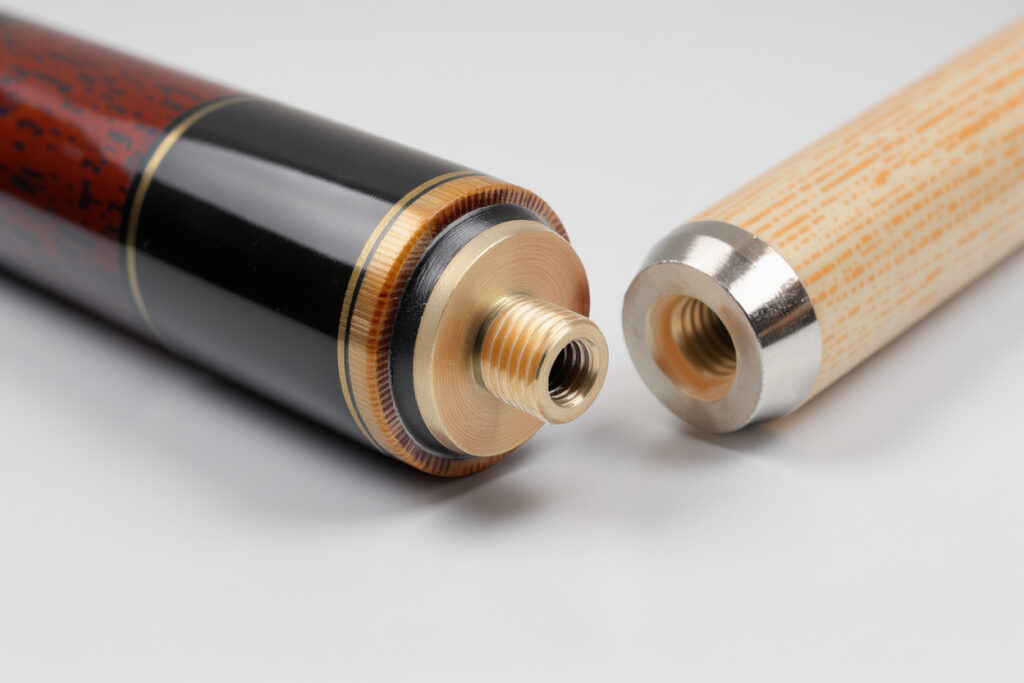
Straight Shaft Roll it on the table. Does it wobble? Put it back.
Solid Joint The connection between shaft and butt. This is where cheap cues fail first. Metal joints last longer than plastic.
Decent Tip Doesn’t need to be premium leather. Just needs to hold chalk and not fall off mid-game.
Comfortable Weight Usually 18-19 ounces for most people. Too light feels like a toy. Too heavy and you’ll tire out.
Two Pieces One-piece cues are bar equipment. You need something that breaks down for transport.
That’s it. Everything else is nice to have, not need to have.
The 3 Cues That Survived My Testing
Best Overall: ISZY Billiards 2-Piece Pool Cue
ISZY Billiards Pool Cue Stick on Amazon – Canadian maple construction with solid build quality.
This is the cue I recommend to everyone starting out.
Why it won: Survived 8 months of twice-weekly league play without a single issue. The construction is solid Canadian maple—not the composite junk that cracks after three months.
What I Liked:
- Weight feels balanced (available in multiple weights)
- Tip held up through normal wear
- Joint stays tight after repeated use
- Highly rated by thousands of verified buyers
What Could Be Better:
- Stock tip is average (but replaceable)
- Wood grain isn’t fancy (who cares)
- No fancy inlays (again, who cares when learning)
Real Talk: I gave this to my nephew when he joined our league. Six months later, still his main cue. No complaints.
Best For: Anyone serious about learning pool in the budget-friendly category.How to Choose Your First Cue
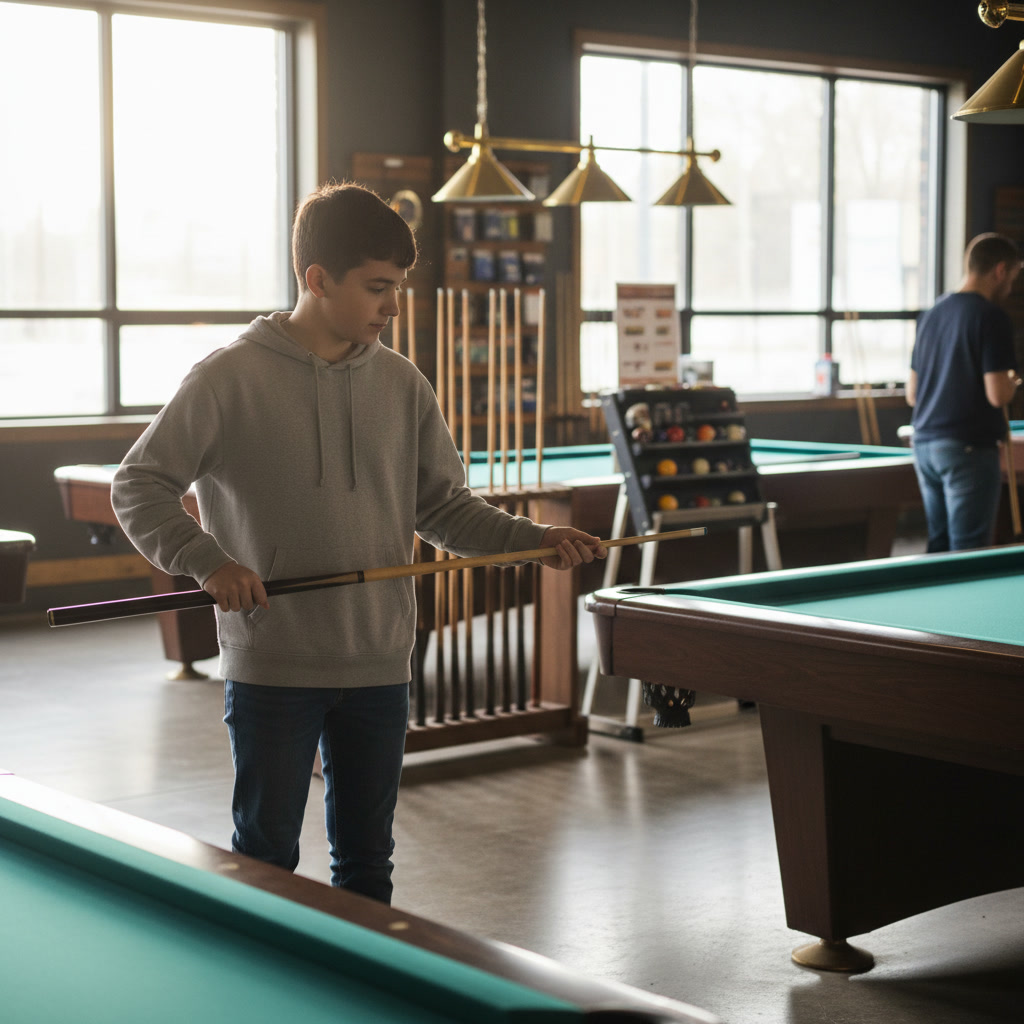
Best Budget Pick: Viper Sinister
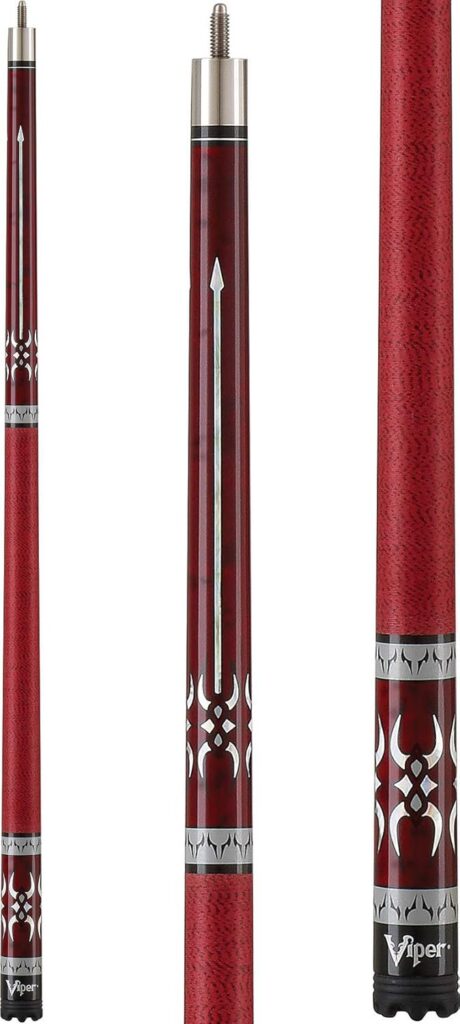
Viper Sinister 58″ Pool Cue on Amazon – Budget-friendly two-piece cue with decent construction.
The most affordable cue I can recommend without cringing.
Listen, it’s not amazing. But it’s honest about what it is—a functional starter cue that won’t embarrass you or fall apart immediately.
Tested For: 4 months of casual weekend play
Pros:
- Actually straight (tested on glass table)
- Joint held up fine
- Looks better than the price suggests
- Screw-on tip protector included
Cons:
- Felt slightly front-heavy to me
- Wrap started showing wear after month 3
- Wood quality is clearly budget-tier
The Verdict: If you’re genuinely unsure whether pool is your thing, start here. It’ll last long enough for you to figure out if you want to upgrade.
Skip This If: You already know you’ll play regularly. Consider a mid-range option instead.
Best Mid-Range Option: McDermott Lucky L9

McDermott Lucky L9 Pool Cue on Amazon – Full 58″ length pool cue with quality construction.
I’m 6’2″. Most beginner cues feel short.
The L9 is a legit 58 inches (some “58-inch” cues measure 57.5—yes, I checked). Makes a difference when you’re setting up for long shots.
Why It Made the List:
- Length is accurate
- Build quality jumps up noticeably from cheaper options
- Quality shaft construction
- Irish linen wrap doesn’t get slippery when hands sweat
Testing Notes: Played league finals with this last month. Held up under pressure. The construction quality is noticeably better than entry-level options—though honestly, at beginner level, you might not need this right away.
Downside: Sits in the mid-range price category. If you’re committed to learning and want something that’ll last years, it’s worth considering.
Cues I Tested That Didn’t Make the Cut
Rage RG210 – Failed Week 3
Joint cracked during normal use. Not even a hard hit. Just unscrewed it and the metal pin fell out. Cheap construction shows.
Predator BK Rush – Decent but Overpriced
Nothing wrong with it. Just costs more than comparable options without delivering better performance for beginners.
Cuetec CT256 – Warped
Developed visible warp by month 2. Stored properly. Just bad wood selection. Avoid.
What About Those $200+ “Beginner” Cues?
Waste of money.
I don’t care what the salesperson says. You don’t need a $250 cue to learn pool. You need table time and maybe some lessons.
Save that money for:
- Actual lessons (get 3-4 quality sessions)
- Practice table time at local hall
- Decent case that protects your investment
- Spare tips and chalk
Once you can run a rack consistently, then think about upgrading equipment.
How to Not Get Ripped Off
Red Flags at the Store:
“This cue has tournament-grade deflection control.” Translation: We’re trying to sell you something you don’t need yet.
“You need at least an 18-ounce weight for proper break power.” Translation: We have 18-ounce cues in stock.
“The exotic wood makes a huge difference in performance.” Translation: It looks pretty. That’s all.
What to Actually Ask:
“Can I roll this on your table to check for straightness?” Good stores say yes. Sketch stores make excuses.
“What’s your return policy if the joint fails?” Cues shouldn’t fail in normal use. Period.
“Do you have a used version of this model?” Sometimes yes. Save 30-40% on barely-used returns.
Your Beginner Cue Checklist
Before you buy anything:
- [ ] Rolled it on a table (or glass surface) to check straightness
- [ ] Checked that the joint is metal, not plastic
- [ ] Confirmed it’s actually two pieces with a solid connection
- [ ] Held it to check weight feels comfortable
- [ ] Verified return policy covers defects
- [ ] Confirmed total cost including case if needed
- [ ] Compared price to similar models
- [ ] Read actual user reviews (not sponsored content)
Common Beginner Cue Questions
“Do I need a low-deflection shaft as a beginner?”
No.
Low deflection helps with English (spin) on the cue ball. When you’re learning, focus on hitting straight. Save the advanced shaft tech for later.
“What weight should I choose?”
Go to a local hall. Play with house cues in different weights. See what feels natural.
Most people land on 18-19 ounces. Lighter than 18 feels whippy. Heavier than 21 gets tiring.
“Should I buy a one-piece or two-piece cue?”
Two-piece. Always.
One-piece cues are for bars. You can’t transport them easily. Hard to store. And they scream “I don’t actually play pool.”
“Is a $60 cue really different from a $90 cue?”
Sometimes.
The jump from $30 to $60 is huge (junk to functional). The jump from $60 to $90 is noticeable (functional to reliable). The jump from $90 to $150 is minimal for beginners.
Spend $60-$90 and you’re in the sweet spot.
What to Buy Along with Your Cue
Actually Necessary:
PEKREWS Soft Pool Cue Case 1×1 on Amazon Protects your investment. Affordable insurance against dings and scratches.
Pool Cue Tips Replacement Leather on Amazon Tips wear out. Having spares means you’re not stuck mid-game.
Master Chalk 12-Pack on Amazon House chalk works. But quality chalk in bulk lasts months.
Nice to Have But Not Critical:
When to Upgrade from Your Beginner Cue
You’ll know.
Seriously. When you start feeling limited by your equipment, you’re ready.
Signs you’ve outgrown your starter cue:
- You can consistently run 3-4 balls
- You’re using English deliberately, not accidentally
- You notice deflection affecting your aim
- You’re playing in leagues or tournaments regularly
- Your stroke has become consistent
Until then? Stick with what works. Spend money on table time instead.
My Actual Recommendation
If you’re on a tight budget: Get the ISZY Billiards cue. Add a soft case. You’re set for a year minimum.
If you’re genuinely unsure about pool: Try the Viper Sinister. Gives you time to decide if you want to commit.
If you’re committed from the start: McDermott Lucky L9. Yes, it’s in the mid-range category. But it’ll last until you’re genuinely ready for a pro-level cue.
The Bottom Line
I wasted $800 learning this stuff. You don’t have to.
Buy a straight cue with a metal joint, 18-19 ounces, from a known brand. Stay in the budget-friendly range. Protect it with a case. Then spend the money you saved on actually playing.
The cue doesn’t make you good at pool. Practice does.
But a decent cue stops you from blaming your equipment when you miss. And that’s worth every penny.
—
Amazon prices and availability accurate as of October 2, 2025. Prices may change. As an Amazon Associate, we earn from qualifying purchases.

